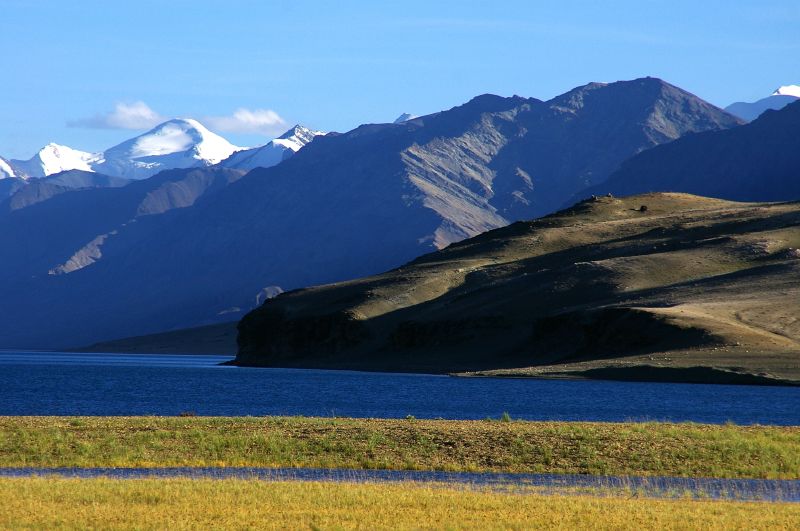Venus is the hottest planet in the solar system and is known for the absolute hellish conditions that exist on it.
With its acid thunderclouds, its atmosphere which is a mixture of poisonous sulfuric acid and carbon dioxide, atmospheric pressure that would crush your bones, and above all, the absence of water, it is one of the most uninviting places in the entire solar system.
However, some scientists insist this was not always the case, and they have mounting evidence that Venus was once habitable.
Scientists at NASA’s Goddard Institute for Space Studies (GISS) in New York created models of what Venus may once have looked like, considering the speed at which it may have rotated and how much sunlight it received. Their research suggests that planet Venus may have had a shallow liquid-water ocean and habitable surface temperatures anywhere between 2.9 billion and 715 million years ago.
As per Michael Way, a researcher at GISS, “Many of the same tools we use to model climate change on Earth can be adapted to study climates on other planets, both past and present. These results show ancient Venus may have been a very different place than it is today.”
Scientists consider that Venus might once have been habitable, having a similar atmosphere to Earth’s and flowing water on its surface. Although Venus has an ozone layer, owing to the runaway greenhouse effect and the lack of a magnetic field, the temperature of the planet increased rapidly, and water disappeared. Its atmosphere got thicker and trapped heat, and eventually led to the hellish Venus of today.







